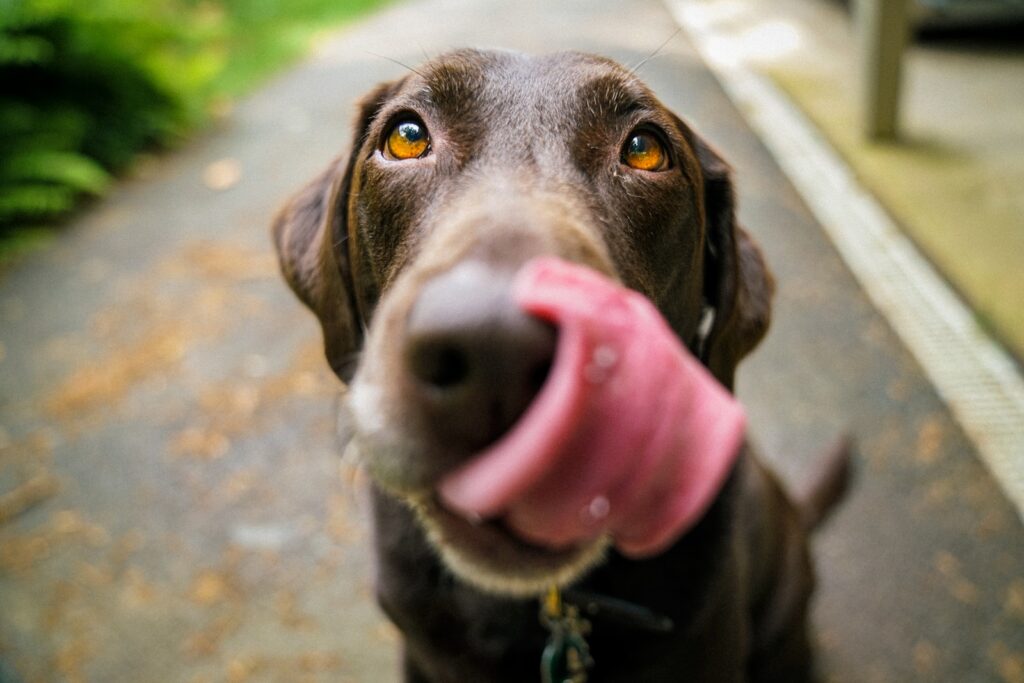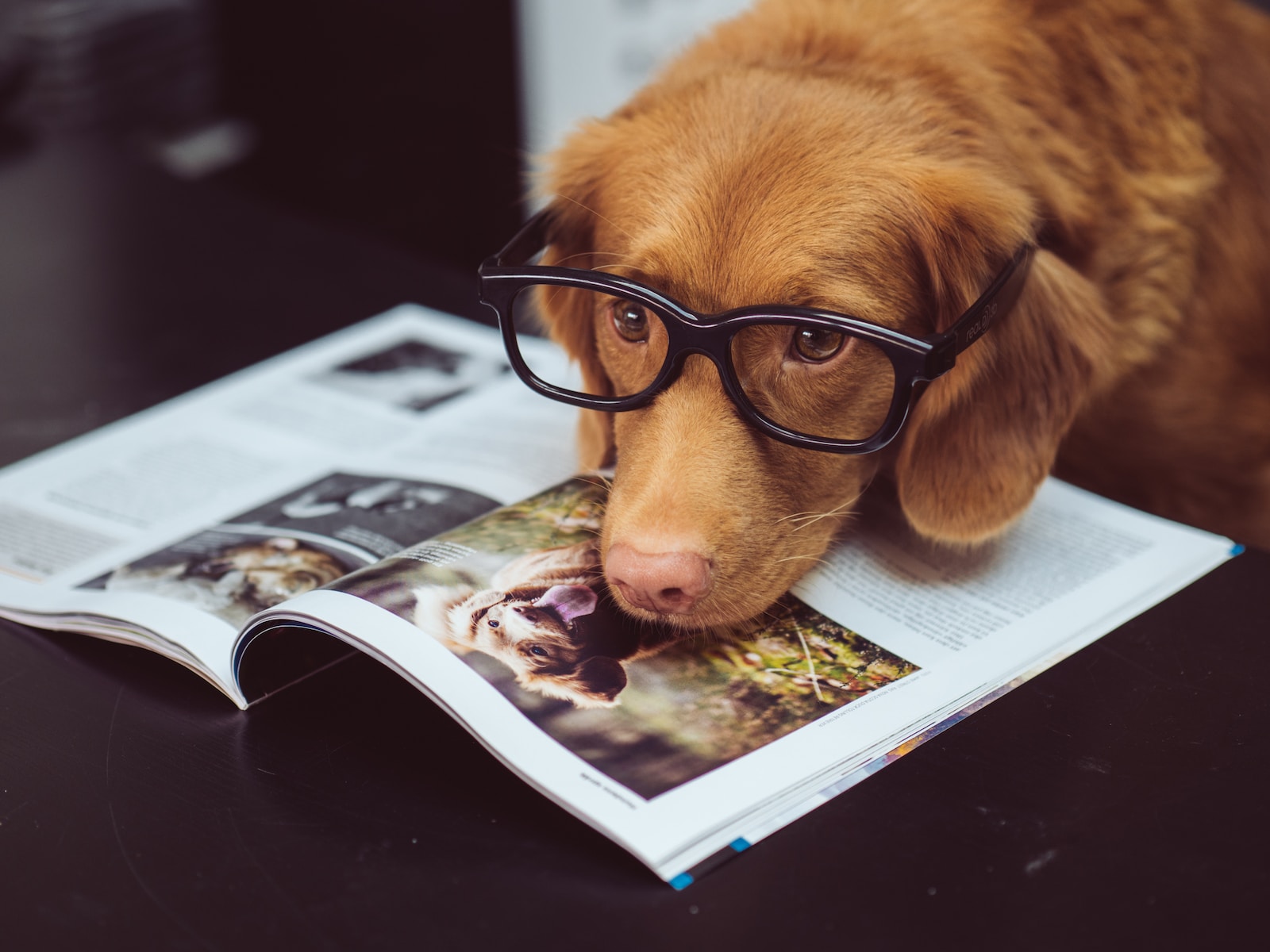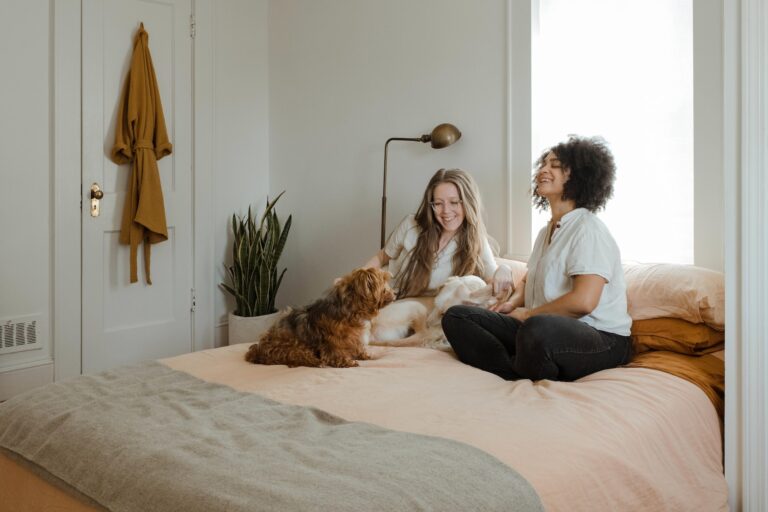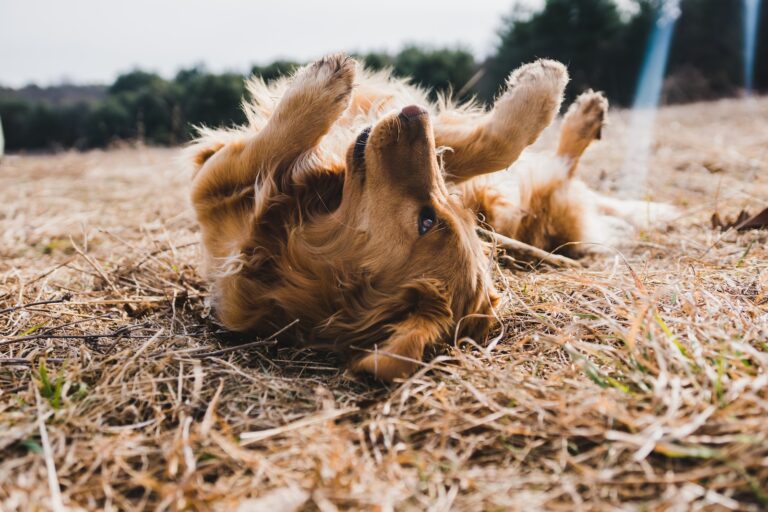How to help your dog overcome fear and phobias
Dogs are loyal and loving creatures, but like humans, they can also experience fear and anxiety. From thunderstorms to loud noises, to unfamiliar people or places, there are many triggers that may cause your furry friend to feel scared or phobic. If you’re a pet parent whose dog is struggling with these emotions, take heart! There’s plenty you can do to help them overcome their fears and lead a happier, more relaxed life. In this blog post, we’ll explore some practical tips and tricks for supporting your dog in conquering their anxieties. Get ready to learn how love and patience can go a long way in helping your pup flourish!
The Connection Between Fear and Phobia
There is a strong connection between fear and phobia. When a dog experiences fear, their body floods with adrenaline and they cortisol in order to fight or flight. This response creates many physiological problems, including intensified heart rates, shaking and panting, urination and defecation in response to the fear stimulus, and elevated blood sugar levels.
Dogs that have phobias also tend to have trouble initiating normal physical activity, anticipate dangers more easily than other dogs (especially unfamiliar ones), be hesitant around people or other animals they know well, and show an overall lack of confidence in situations where they might encounter a feared object or person.
Fortunately, there are many things you can do to help your dog overcome their fears and phobias. The most important thing is to provide reassurance that everything is going to be okay.
You can do this by speaking calmly to your pet when they’re exhibiting signs of anxiety or fear, touching them reassuringly throughout the episode, being nearby if needed but not overwhelming them (try staying out of the room if possible), providing appropriate stimuli (like treats) when your dog seems calmed after learning how those things make them feel comfortable, and regularly scheduled training sessions that focus on teaching your dog new skills while keeping their old fears at bay.
If potential triggers such as people or other animals are unavoidable for your furry friend but you still want them to lead a healthy life free from fearfulness, consider adopting one of our compassionate rescue dogs!
How to Start Treating Your Dog with Fear and Phobia Correction
Treating a dog with fear and phobia correction involves a combination of behavior modification techniques, positive reinforcement, and sometimes medication. Here are some steps you can take to start treating your dog’s fear and phobias:
Identify the Triggers: Identify the situations or stimuli that trigger your dog’s fear or phobia. For example, if your dog is afraid of thunderstorms, start keeping track of when thunderstorms occur and how your dog reacts.
Create a Safe Space: Create a comfortable and safe space for your dog to retreat to during times of stress. This could be a crate or a designated area in your home.
Positive Reinforcement: Use treats, praise, and toys to reinforce positive behaviors and to encourage your dog to interact with the trigger in a non-threatening way.
Gradual Exposure: Gradually expose your dog to the trigger in a controlled manner. For example, if your dog is afraid of strangers, start by exposing it to people from a distance and gradually move closer over time.
Counter-Conditioning: Counter-conditioning involves changing your dog’s emotional response to the trigger. For example, if your dog is afraid of loud noises, you can play recordings of the noise at a low volume while providing treats and praise.
Medication: In some cases, medication may be necessary to help manage your dog’s fear and phobia. Talk to your veterinarian about whether medication is appropriate for your dog.
Seek Professional Help: If your dog’s fear and phobia are severe or causing significant problems, consider working with a professional dog trainer or behaviorist who can help you develop a tailored plan to address your dog’s needs.
Remember that treating fear and phobia in dogs takes time and patience. Every dog is unique, so what works for one may not work for another. Be patient, consistent, and positive in your approach to help your dog overcome its fear and phobia.

How to Rebuild Trust with a Fearful Dog
Rebuilding trust with a fearful dog can take time and patience, but it is certainly possible with the right approach. Here are some tips that can help:
Create a Safe Space: Create a comfortable and safe space for the dog to retreat to whenever it feels anxious or stressed. This could be a crate or a designated area in your home. This space should be off-limits to anyone but the dog.
Be Patient: Building trust with a fearful dog can take time. Don’t rush things or force interactions. Instead, let the dog approach you when it feels comfortable.
Use Positive Reinforcement: Use treats, praise, and toys to reinforce positive behaviors and to encourage the dog to interact with you.
Respect the Dog’s Boundaries: If the dog is uncomfortable with certain interactions, respect its boundaries and don’t force it to do anything it doesn’t want to do.
Establish a Routine: Dogs thrive on routine, and having a predictable schedule can help a fearful dog feel more secure.
Be Calm: Dogs can sense when their owners are anxious or stressed, and this can make them more fearful. Stay calm and relaxed when interacting with your dog.
Consider Professional Help: If your dog’s fearfulness is severe or is causing significant problems, consider working with a professional dog trainer or behaviorist who can help you develop a tailored plan to address your dog’s needs.
Remember that every dog is unique, and what works for one may not work for another. Be patient, observant, and open to trying different strategies until you find what works best for your dog.
Preventing Fear and Phobias in Dogs
Preventing fear and phobias in dogs is an important aspect of responsible pet ownership. Here are some tips to help prevent fear and phobias in dogs:
Socialization: Proper socialization is key in preventing fear and phobias in dogs. Puppies should be socialized to a variety of people, animals, and environments from an early age.
Positive reinforcement: Use positive reinforcement to train your dog. Reward good behavior with treats, praise, and playtime.
Avoid trauma: Try to avoid traumatic experiences for your dog. For example, if your dog is afraid of fireworks, don’t take them to a fireworks show.
Routine: Establish a routine for your dog. Dogs thrive on predictability, so try to keep their routine consistent.
Exercise: Regular exercise can help prevent anxiety and stress in dogs. Make sure your dog gets plenty of exercise and playtime.
Avoid punishment: Avoid using punishment as a training method. Punishing your dog can increase anxiety and fear.
Be a calm leader: Dogs look to their owners for guidance and reassurance. Be a calm and confident leader for your dog, and they will feel more secure.
By following these tips, you can help prevent fear and phobias in your dog, and promote a happy and healthy relationship between you and your furry friend.
Additional Resources
If your dog is exhibiting signs of fear or phobia, there are a few things you can do to help. First, make sure that the environment is safe for him.
Make sure there is nothing in the room that he could become frightened of and make sure there are no sudden noises or movements that could trigger a fear response. If your dog is anxious and fearful inside, you may need to take him for walks outside instead.
Another thing you can do is provide positive reinforcement when your dog behaves calmly in an environment he’s afraid of. This could mean giving him positive attention and treats or playing games with him where he earns points for staying calm.
If your dog doesn’t respond well to training, you may need to consult with a veterinarian who can prescribe medication to help ease anxiety.
Conclusion
We hope that our article on how to help your dog overcome fear and phobias has been helpful. While it is important to remember that dogs are individuals and will respond differently to different methods, we believe that the tips in this article can provide you with some useful steps on how to help your dog overcome his fears. Remember, patience and consistency are key- stick with what works for your pup and watch the progress together!







